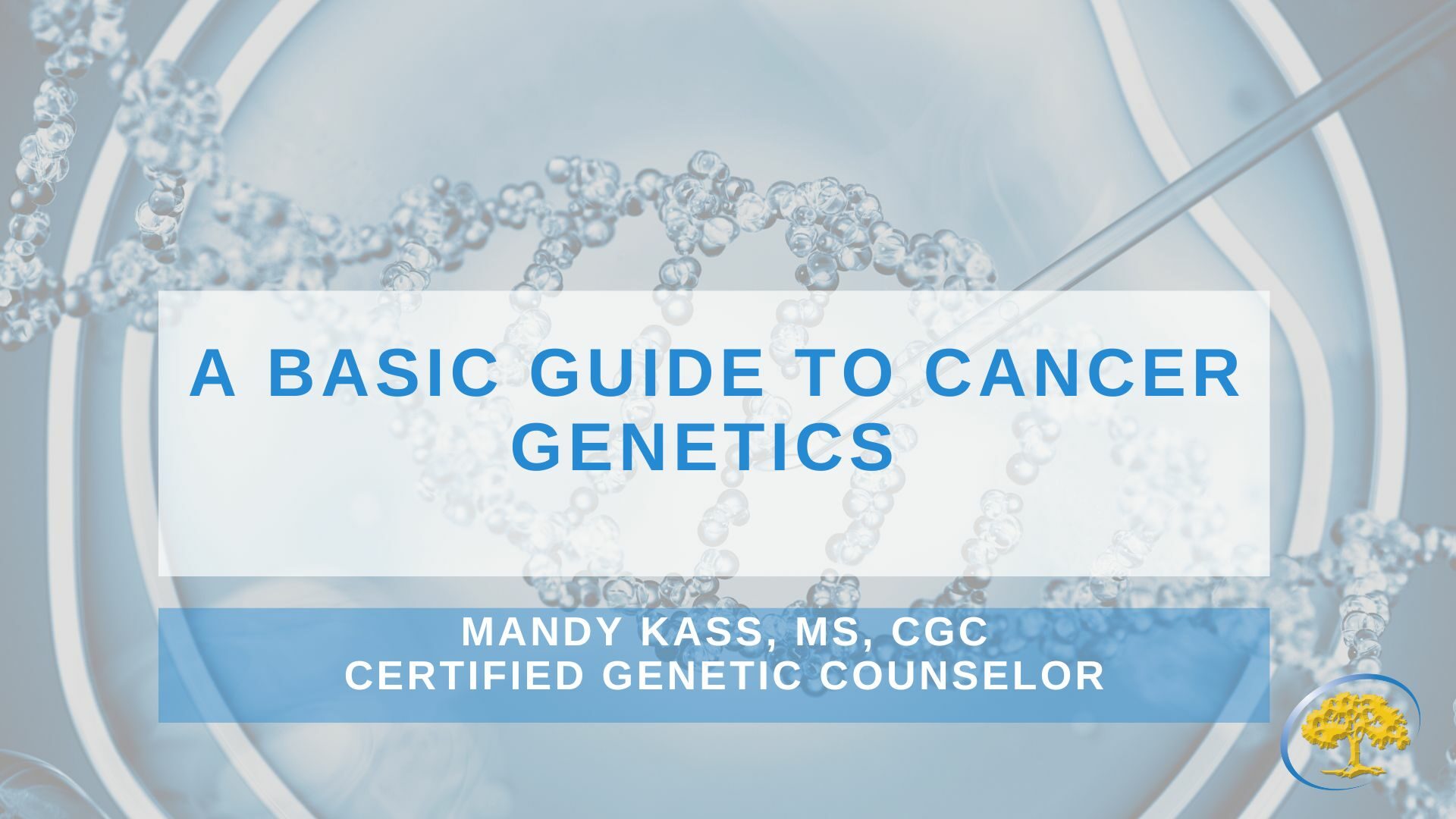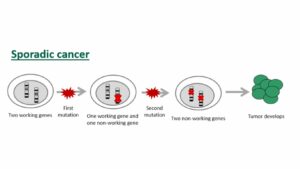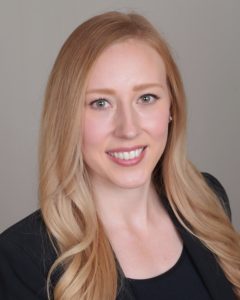
Posted 2 years ago
A Basic Guide to Cancer Genetics
The human body is incredibly complex. Our bodies are made up of trillions of cells, and within each of these cells is our genetic material in the form of chromosomes. Our chromosomes can be broken down into individual genes. The human body contains approximately 20,000 genes and everyone is born with 2 copies of each gene: one from their biological mother and one from their biological father. Each gene has a specific job or function. Some of our genes provide instructions for what color to make our hair or eyes, some work to help our heart function properly, and some even work to stop a cell from becoming cancer. We can think of these as our cancer protection genes and examples of these genes may include: BRCA1/2, TP53, MSH6, PTEN, and many others.
So what happens if our cancer protection genes stop working? There are two different ways this may happen:
Normally, we are born with two working copies of these cancer protection genes in each cell (as pictured below). It is normal for cells to divide and multiply, and sometimes certain genes acquire mutations along the way. Acquired mutations can happen due to a variety of reasons (both in and out of our control) that may include environmental exposures, certain infections, normal aging, and lifestyle factors (diet, activity level, tobacco use, alcohol use, sun exposure, etc.). Let’s say 30-40 years go by and one copy of a cancer protection gene mutates. The cell is fine because there is another copy of the gene within the cell that is still working and doing its job properly. Now let’s say another 30-40 years go by and the other copy of that gene mutates. Now that cell no longer has a working copy of that cancer protection gene. This is when a cell can become cancer. We refer to this as a sporadic cancer and in this example, it took 60-80 years for the cancer to develop.
Now imagine if someone inherited a mutated copy of a cancer protection gene from one of their parents, meaning that person was born with the first mutation already present in every cell. If the same 30-40 years go by and the other copy of that gene mutates, there is no backup copy of the gene to do its job (as is the case in sporadic cancers). Therefore, this person may get cancer earlier because they were born with one copy of the gene already not working. We refer to this as hereditary cancer and in this example, it only took 30-40 years for the cell to develop into cancer.
To better determine if someone was born with an inherited predisposition to cancer (first mutation), we can order a genetic test that specifically analyzes our known cancer protection genes. If a mutation (also referred to as a pathogenic variant) is identified in one of these genes, we can then make appropriate screening and management recommendations based on the specific cancer risks. In some cases, we can even try to prevent certain cancers from occurring. If you are interested in learning more about cancer genetic testing, please talk with your Ironwood provider about a referral to a genetic counselor.
Genetic Services Department
As a certified oncology genetic counselor, Mandy works with patients who have a personal and/or family history of cancer to assess their risk of having an inherited cancer predisposition. This information allows for the pursuit of early detection or possibly prevention of certain cancer types.
The ultimate goal of cancer genetic counseling is to empower patients to use their personal risk information to better inform treatment and management decisions and to educate family members on their possible cancer risks.



 Mandy Kass, MS, CGC
Mandy Kass, MS, CGC